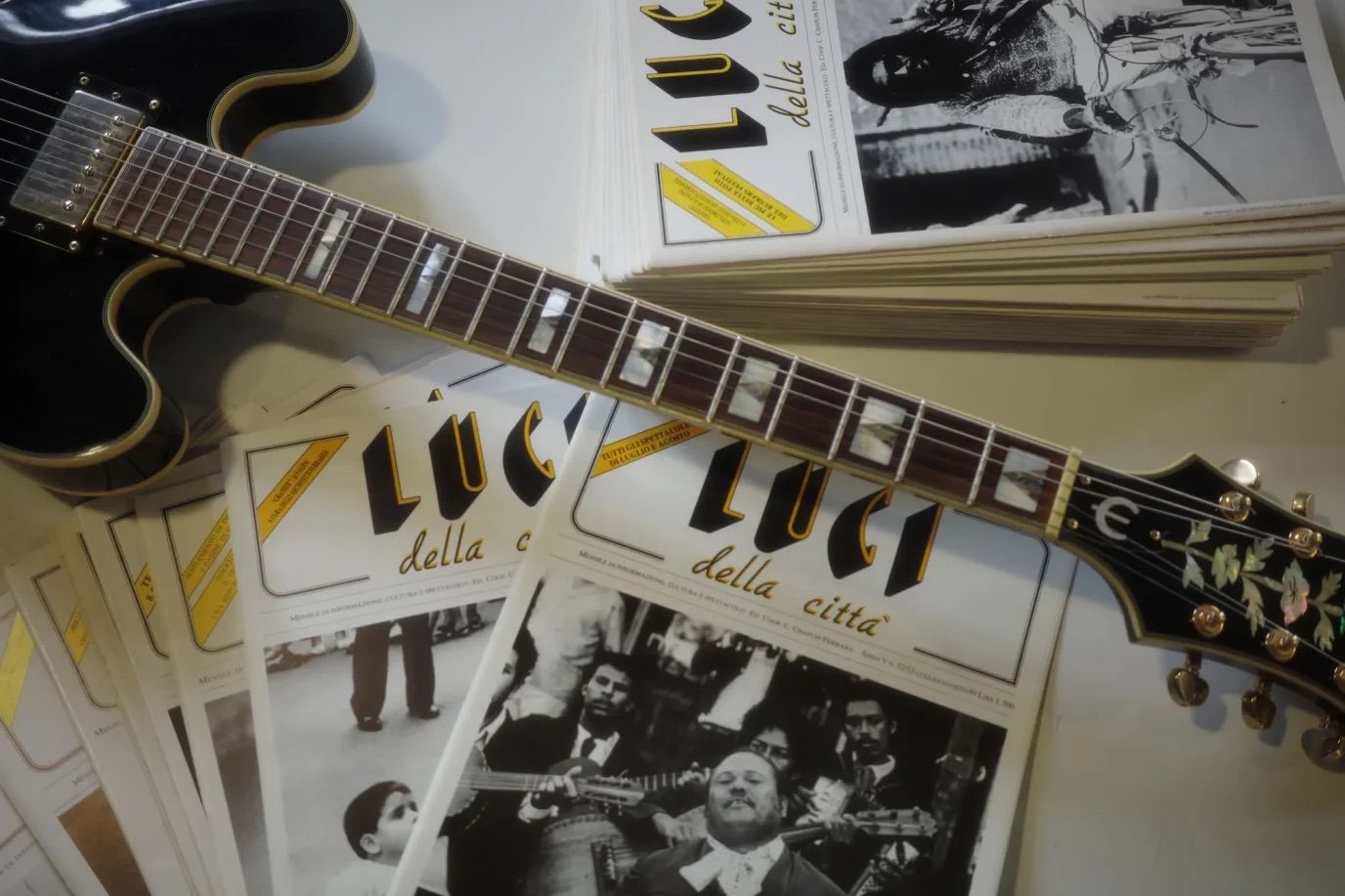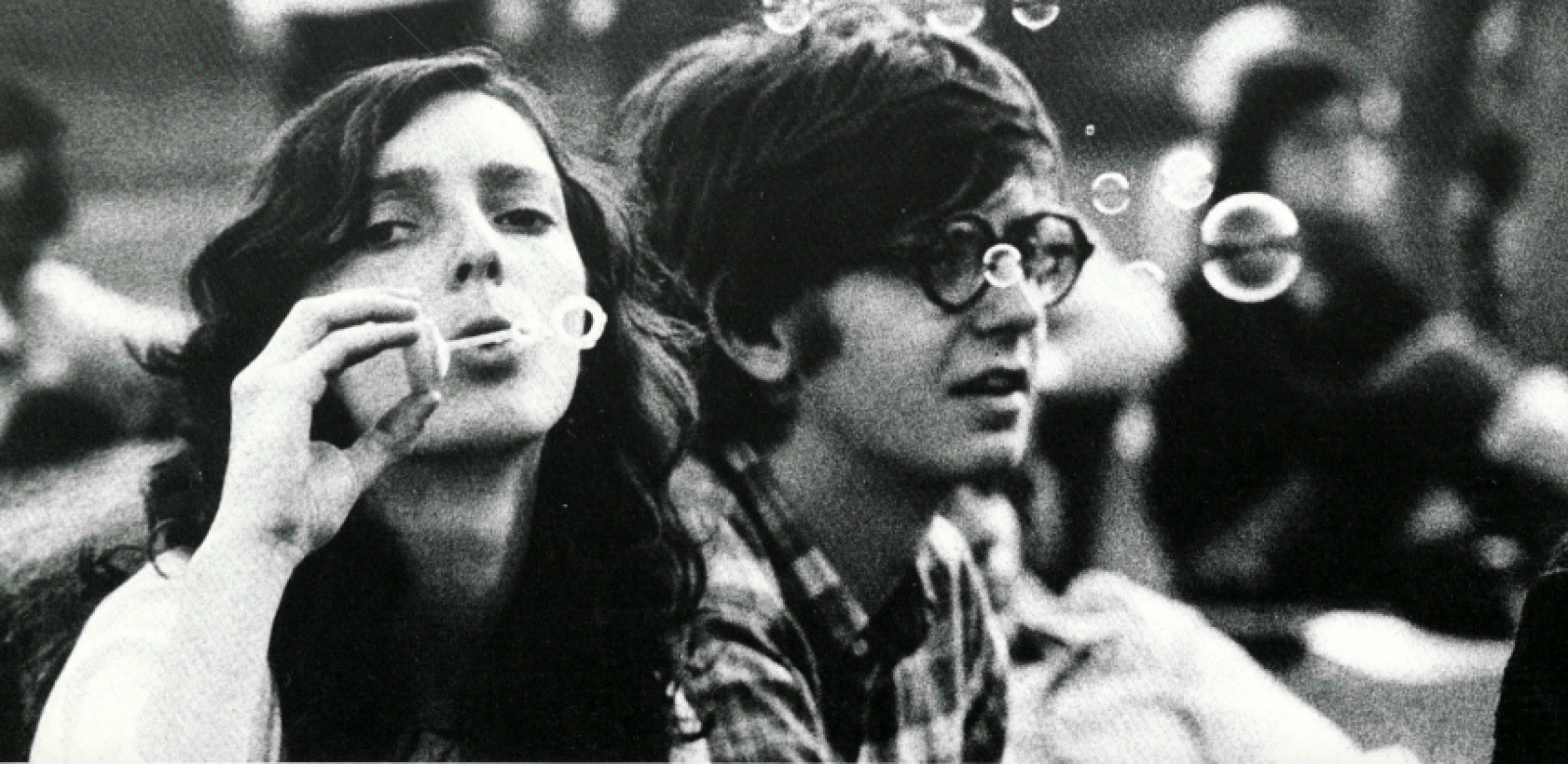Potrebbe interessarti anche

1980s Ferrara Comes Back to Life Online: The Return of Luci della città
There’s a fascinating way to discover Ferrara that doesn’t involve guidebooks, but rather the yellowed pages of a magazine that captured the city in years of fog, energy, and creativity. Luci della città, a historic cultural periodical born in the 1980s, is now accessible once again thanks to a digitization project that has brought all its issues back online.
More than just a magazine, Luci della città was a living portrait of a community: reports, interviews, debates, and reviews of concerts and exhibitions offered a vivid image of a Ferrara full of meeting places, cultural associations, and spaces where art and live music were an integral part of daily life. Browsing through it today, one finds a city that served as a laboratory of ideas and a crossroads of creativity—always looking beyond its borders while maintaining a strong connection to its territory.

A journey through time, between fog, music, and words
The articles of those years convey the atmosphere of a more intimate yet vibrant Ferrara, where stepping into a cultural club, a café, or a concert hall meant meeting writers, musicians, painters, and passionate citizens ready to discuss, plan, and dream together. The photographs, event chronicles, and sometimes fiery tones of political and social debate portray an era when the desire for participation was palpable.
Today, thanks to the online archive, anyone can immerse themselves in that world, exploring a wealth of images and texts that is not only a historical record but also an invitation to rediscover the value of shared spaces and collective creativity.
An opportunity to experience the city differently
Consulting Luci della città can also be an original starting point for exploring Ferrara: by following the traces of the places mentioned in its pages, visitors can discover neighborhoods, buildings, and venues that still retain their authentic soul, or uncover forgotten corners that speak of a recent yet already distant past.
For the curious traveler, it’s an experience that combines culture and tourism: reading about a concert held in a square or a former club, and then visiting that place in person, offers a way to see the city through a richer, more aware perspective.
This article was written in collaboration with Filo Magazine, based on the original by Alessio Falavena.

